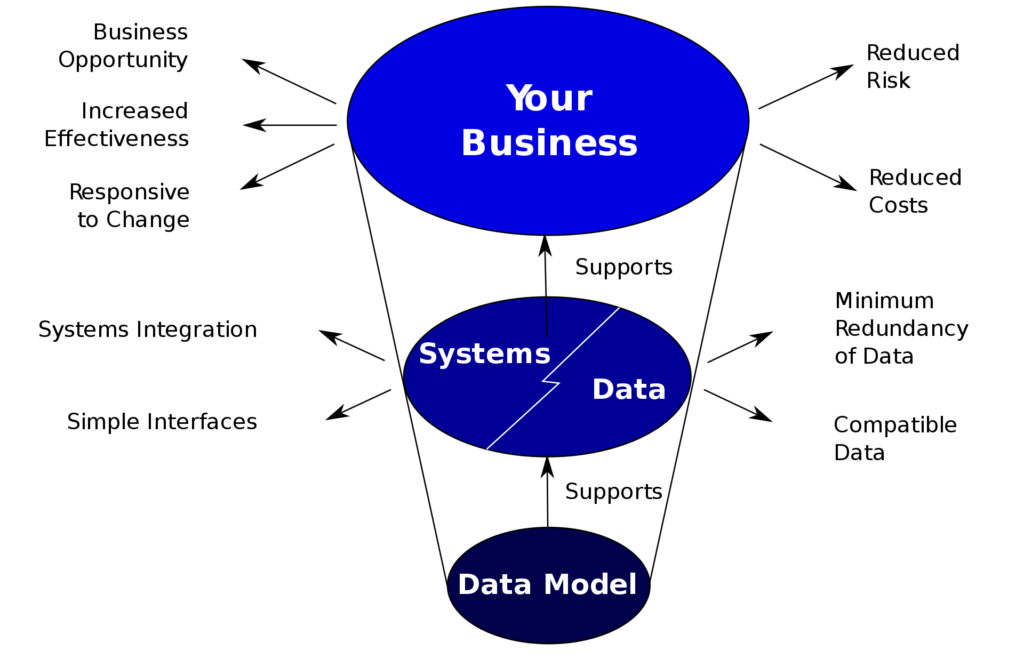


1).ġst step is the transformation of relations to First Normal Form (1NF). Relations normalization is completed in several steps (fig. Today the 4NF and 5NF are known and described as well. Codd described three normal forms (abbreviations: 1NF, 2NF, 3NF). Every normal form limits the type of permitted dependencies between attributes. Normalization apparatus had been developed by E.F.
#Database modeling tools free#
attributes procession and restoration should be free from complications. attributes grouping should be free from unnecessary data duplication undesirable functional dependencies between attributes should be eliminated As the result of normalization the database relations attributes have to meet the following criteria: The reversibility suggests that composition of relations resulted from decomposition should produce the initial relation. Normalization of relations is the backward iterative process of initial relation decomposition into several simpler and smaller relations.

#Database modeling tools software#
Other significant limitations of relational databases are their limited capacity in representing application semantics and insufficient connection between conceptual and physical layers of data representation which leads to abrupt leaps between different phases of software development process. This structure is not effective enough for implementation in the modern information systems working with heterogeneous data and dynamically changed data structures. In particular, they note that it is the underlying primitive data structure which imposes significant limitations on the relational model. It has already been for quite a long time that experts are discussing the crisis of traditional databases which include not only relational but also the object-oriented model. Keywords: model, data structure, database, database management system, relations, normalization, anomalies. The main points of relational database normalization theory are studied as well as essential requirements to optimal database model are defined. Traditional data models are considered and their limitations and shortcomings are revealed during implementation in modern information systems. The paper considers the search for optimal database models and effective ways of their building.


 0 kommentar(er)
0 kommentar(er)
